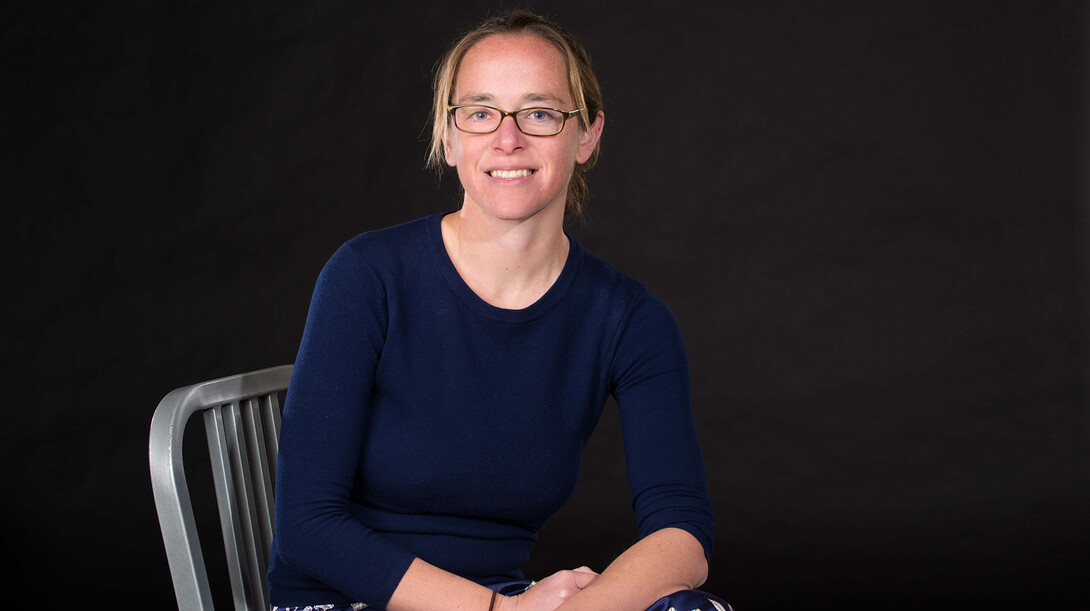
UNL’s Sarah Murray will open the 2015-16 Lincoln-Omaha Society of the Archaeological Institute of America lecture series with a 5:30 p.m. Nov. 4 talk in Richards Hall, Room 15.
Murray is an assistant professor of classics and religious studies. Her lecture, “From Lithographs to Holograms: The History of Images in Archaeological Research,” is free and open to the public.
Since the field was born in the late 19th century, Greek archaeology has depended on the visualization of complex information in order to both understand and communicate remains encountered in the field. In the old days, vast quantities of time were spent planning, drawing, painting or engraving elaborate visualizations by hand. These visualizations were carefully curated works of art, immensely expensive to produce and reproduce.
Today most archaeologists employ computational technologies, including geographic information system applications, computer-aided design, photogrammetry and lidar remote sensing, to speed the production of visualizations in both two and three dimensions. As a result, images that once took weeks to craft can now be produced by a few clicks of a mouse.
In this presentation, Murray will review the history of images and image-making techniques in archaeological fieldwork and research, then present the diverse menu of visualization techniques and technologies currently popular among archaeologists working in the field today. She will consider the way in which that the employment of digital tools in archaeological imaging has the potential to unlock new knowledge.
Murray is a faculty fellow at the Center for Digital Research in the Humanities at UNL. She finished her doctorate in economic change over the Greek Bronze/Iron Age transition at Stanford University in 2013. Her research interests include Late Bronze Age and Early Iron Age economies, Homeric epic as historical evidence, “big data” in archaeological research, and GIS applications in archaeology.
Murray’s lecture is sponsored by UNL, the Department of Art and Art History at UNL, and the Lincoln-Omaha Society of the Archaeological Institute of America.







